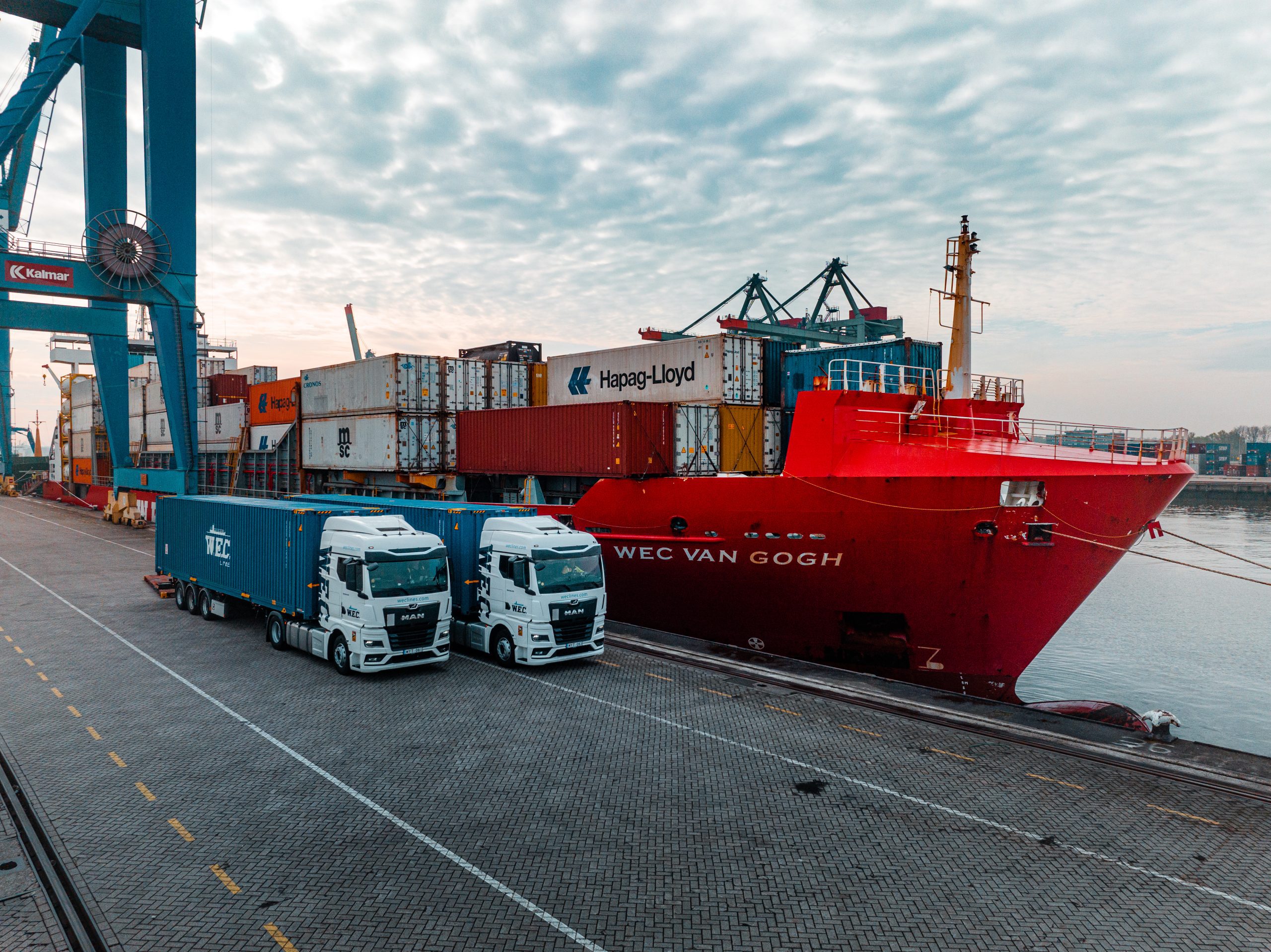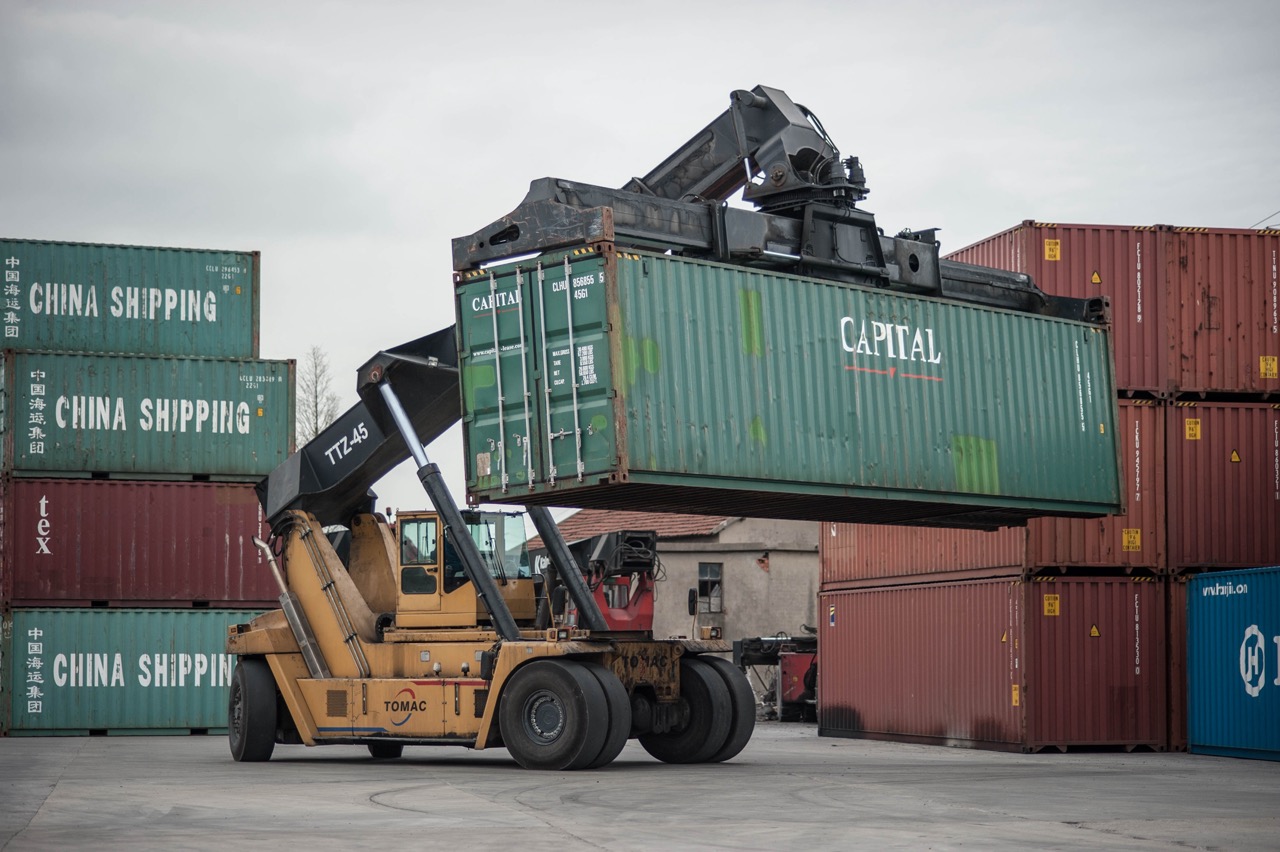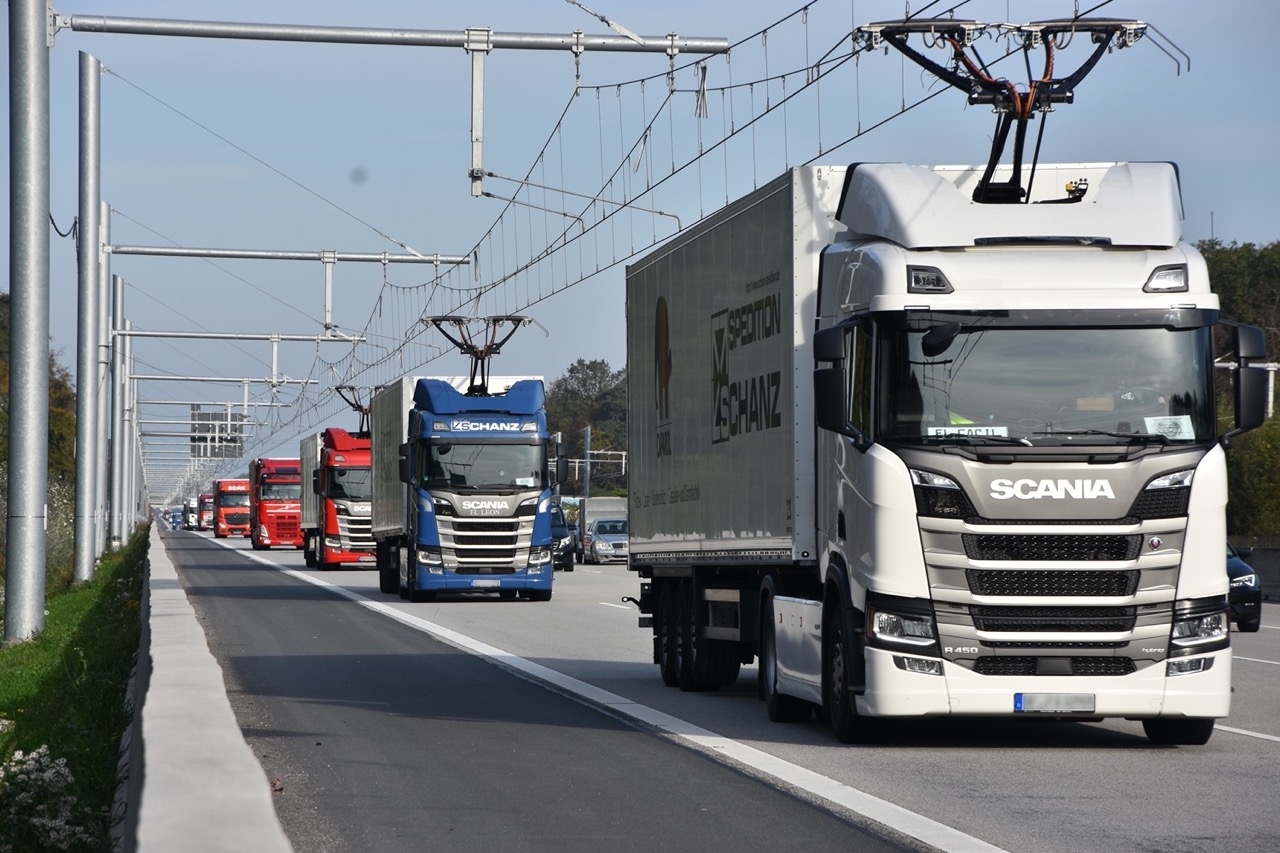How to use the rolling wave method
One of the key components of project implementation is the correct organisation of the team’s work. It is essential to set up effective processes, outline all stages and define responsibilities. The Rolling Wave method can help with this.
Rolling Wave Planning is based on deep disclosure of the hierarchical structure. According to the method, the processes to be carried out in the short term are detailed. Other processes, on the other hand, are relatively superficial. During the execution of the processes, each stage will be the subject of more detailed disclosure.
A vital feature of the rolling wave method is time optimisation. Teams work for shorter periods of time, allowing them to better adapt to changing conditions. In addition, they do not initially spend much time planning minute details.
In this case, planning starts with an analysis of the available information. The team defines the work’s objectives and draws up a budget. Project participants focus on carrying out smaller processes. They structure the activities with the endpoint of the task in mind.

The main stages of methodology implementation
Wave planning involves some mandatory steps:
- identification of risks;
- describing project elements;
- planning waves or iterations;
- developing a baseline project plan.
The first stage is to discuss the project requirements with the development team. The manager outlines the deadlines and expected deliverables. The manager then assigns responsibilities and basic tasks to the team members.
The next stage helps to determine the project budget and the resources required for the work. It is also important to outline the schedule of milestones.
In this case, one key component of efficiency is the thoughtful execution of the first wave. Based on the experience of the first iteration, the team develops further iterations. And the planning for the next wave is done simultaneously with the execution of the previous one.
The manager then moves on to creating a baseline plan. This involves analysing project costs and task completion dates. Detailed itemisation will allow the best use of human and time resources without downtime and burnout.
Once the basics are complete, the team can move to the first wave. At this point, the manager should monitor progress and track performance. This will help design subsequent iterations and increase overall productivity.
Advantages of the approach
Working in waves has some advantages that make development much more efficient:
- allows you to collect all the essential data about the project before starting its implementation;
- improves the visibility of the work picture when starting to implement tasks;
- focuses the team’s attention on short-term tasks;
- provides flexibility of work, allowing processes to be adapted.
Despite the benefits, it is important to realise that the rolling method is unsuitable for all projects. When choosing an approach, you should focus on the complexity, number of team members, goals and other specifics.
















